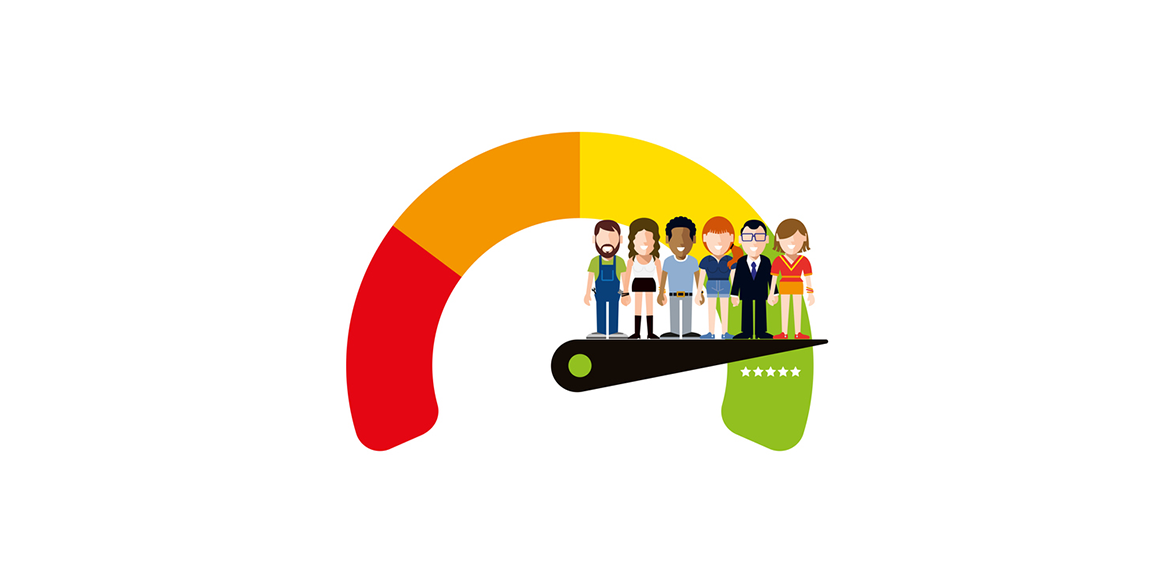Relating customer service to website redesign
- Last Updated : November 2, 2023
- 978 Views
- 3 Min Read

Your website is the primary gateway for your customers to connect with you. So pay attention to how customers relate to your website and the information it provides them. The level of information your website conveys has a direct bearing on the quantity and quality of tickets received by customer service, and can also influence customer conversion. This is why proactive marketing teams pore over the data from customer service and correlate it with the data from web analytics to understand if your website is giving customers the right idea about what your products or services can do for them.
Is your website focused on your business or your customer?
No matter how sensational your website looks or how informative you think it is, it may not score as well as you hope with customers. As a simple test, review all the calls and emails received at support and customer service and you’ll discover how well your website informed your customers. Every business knows exactly what it wants its customers to know about its products and services. So most focus on that rather than putting the customer first and designing content that relates to actual buyer personas and their journeys. These are the customers who have bought your product and their journeys are important because they can let you know what your customers expect from you.
Pay attention to web analytics. It can tell you how long your customers spend on your website, which pages they spend more time on, return to the most, or tend to skip over, and which ones get them to sign up for a free trial immediately. If your customers are abandoning your website quickly or keep returning to it repeatedly without making a purchase, then you likely need to wake up and smell the coffee.
Listen closely to feedback from customer service, because they have the data about customers who write or call in to learn more, or better yet to clarify their understanding. Tickets from support and customer service can reveal the facts about whether your website was informative enough for your customers or if it left them with more questions than they had starting out.
Stay true to your audience by identifying which of your customers are actually taking the time to visit your website. Rather than trying to address all your customers at once, zero in on the actual buyers, and find out from them what they liked best about your site and what they hoped could have been better. All it requires is for you to spend a little time with a customer, no matter how big or how small, during the onboarding process can give you everything you need for your next website redesign.
Keep your finger on the pulse of your customer so you can change things when it is essential. Things change in this digital world faster than they did before, so be aware of changing needs, and be willing to change to effect improvement. From A/B testing to card sorting and heat maps, there’s a lot you can learn, but there’s a simpler, more organic method to knowing what customers need and expect. Take customer feedback seriously, even if it’s just one random email, SMS, or customer support ticket. The rule of thumb with unsolicited customer feedback needs to be that if one person talked to you about something, then another three or five are thinking it. Further, if you ignore the one, in no time there will be seven or ten who are talking about it on your community page or much worse, on social media.
Look to people outside your business to test the quality of your website’s focus. Your colleagues, associates, and bosses can only assume what customers think or maybe have some inkling of an idea. If people in your business had customer thinking down to a T, then sales would be on the rise in leaps and bounds and marketing spends would be cut by half. So be practical and rely on focus groups, market research, customer surveys, and actual users to test your website design.
When you tailor your website to be clear so customers have the answers they need, two things happen. First your customer service team can spend their workday attending to actual customer service requests, rather than clarifying information on your website. Second, you can optimize customer conversion with better throughput and less expense, win-win.
Business vector created by pikisuperstar


